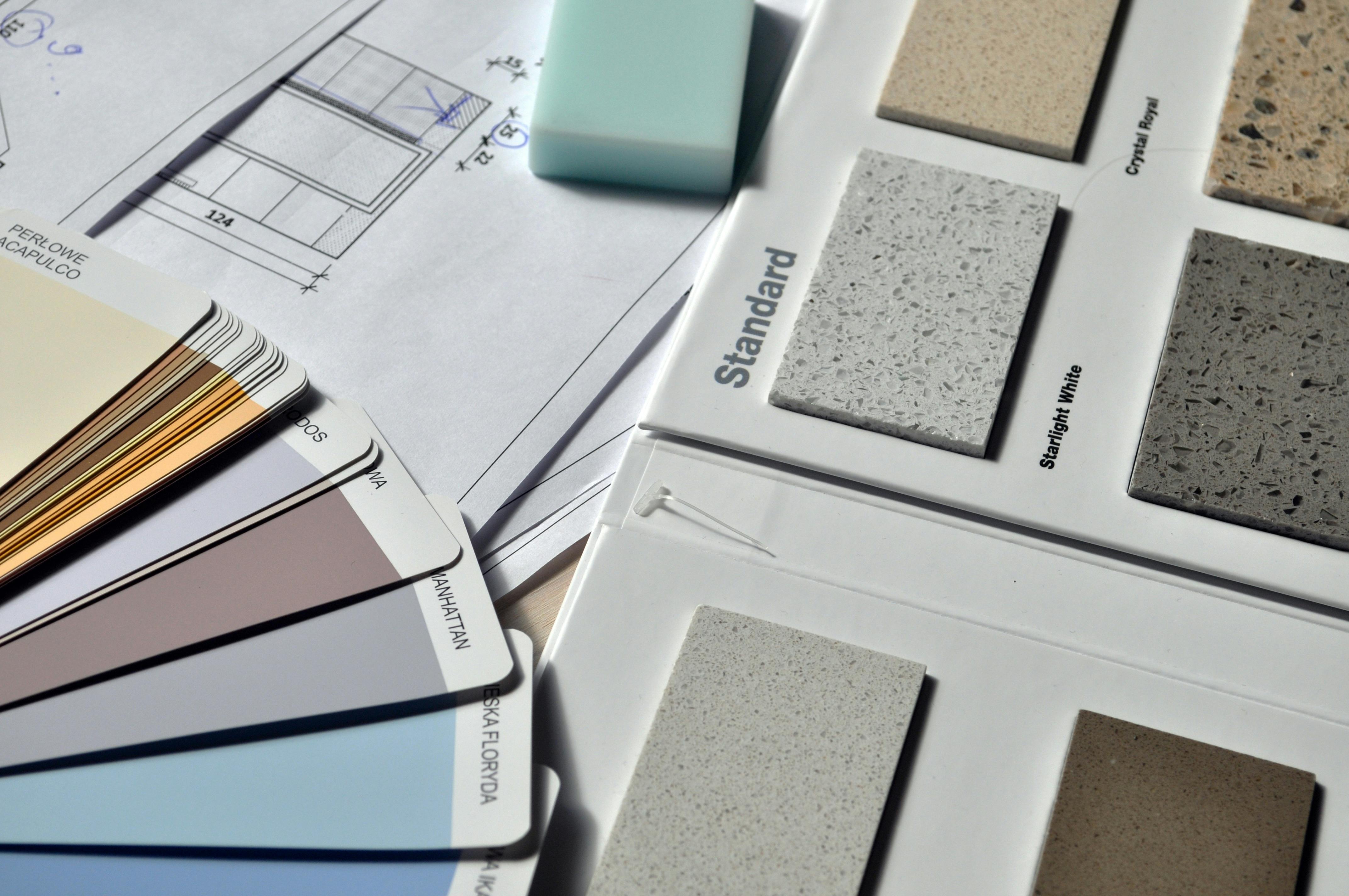Why Composite Decking Boards Are Gaining Popularity Outdoors
More homeowners are turning to composite decking for its mix of durability and design appeal. With minimal upkeep and resistance to weathering, these boards are changing the way outdoor spaces are built. Explore the features that make composite decking a smart, long-lasting choice.

Understanding Composite Decking Durability and Longevity
Composite decking materials represent a significant improvement over traditional wood in terms of lifespan and resilience. While wooden decks typically last between 10-15 years before requiring major repairs or replacement, quality composite decking can maintain its structural integrity for 25-30 years or more. This extended lifespan results from the material’s inherent resistance to common problems that plague wooden decks, including warping, rotting, splitting, and insect damage.
The durability advantage stems from composite decking’s manufacturing process, which creates boards resistant to moisture absorption—the primary cause of wood deterioration. Unlike traditional lumber, composite materials don’t expand and contract dramatically with humidity changes, resulting in fewer cracks and splits over time. This stability maintains structural integrity even in challenging climate conditions, whether in rain-soaked environments or areas with extreme temperature fluctuations.
Additionally, composite decking resists fading from UV exposure more effectively than wood, retaining its color and appearance for years without the need for staining or sealing. This color stability contributes significantly to the material’s reputation for long-term aesthetic appeal.
How Low Maintenance Requirements Save Time and Money
One of the most compelling reasons for composite decking’s popularity is the dramatic reduction in maintenance requirements compared to traditional wooden decks. Wood decks demand regular sanding, staining, and sealing—typically every 1-3 years depending on climate and exposure—creating an ongoing cycle of maintenance costs and time investment.
Composite decking eliminates most of these maintenance tasks. These boards don’t require staining, sealing, or painting to maintain their appearance or protective qualities. Regular cleaning with soap and water or a gentle power wash is typically sufficient to keep composite decking looking fresh. This simplified maintenance routine translates to significant time savings for homeowners who can enjoy their outdoor spaces rather than maintaining them.
The reduced maintenance also represents substantial cost savings over the deck’s lifetime. When factoring in the expense of stains, sealers, cleaning solutions, and the tools needed for wooden deck upkeep—not to mention the potential cost of professional maintenance services—the higher initial investment in composite materials often becomes economically justified within a few years.
Design Possibilities with Composite Decking
Composite decking offers a wide range of design possibilities that exceed what’s typically achievable with natural wood. Manufacturers produce composite boards in diverse colors, textures, and finishes—from realistic wood grain patterns to more contemporary smooth finishes. This variety allows homeowners to match their outdoor spaces to their home’s architectural style or create distinctive design statements.
The manufacturing process enables precise consistency in color and texture across all boards, eliminating the natural variation found in wood that can sometimes create unpredictable aesthetic outcomes. This uniformity enables more precise design implementation, particularly important for complex deck layouts with intricate patterns or inlays.
Beyond aesthetics, composite decking’s workability allows for design features difficult to achieve with wood. The material can be heated and bent to create curved sections, enabling flowing designs that soften the typically angular appearance of decked areas. Additionally, many composite systems incorporate specialized fasteners that create clean, smooth surfaces without visible screws or nails, enhancing the overall polished appearance.
Exploring Modern Outdoor Decking Solutions
Today’s composite decking market offers sophisticated solutions that address specific outdoor living challenges. Advanced composite materials now include options with enhanced slip resistance for pool surroundings, improved heat dissipation for sunny exposures, and specialized formulations for coastal environments where salt exposure accelerates traditional material degradation.
These modern decking systems typically integrate with comprehensive outdoor living components like built-in seating, lighting systems, pergolas, and privacy screens—all using coordinated composite materials. This systems approach allows homeowners to create cohesive outdoor spaces where all elements share the same durability benefits and aesthetic qualities.
Digital design tools specific to composite decking have also evolved, enabling homeowners to visualize different configuration options before installation. These tools allow for experimentation with various board colors, patterns, and orientations, helping achieve optimal design outcomes while reducing the risk of costly changes during installation.
Environmental Benefits of Sustainable Composite Boards
The environmental advantages of composite decking represent a significant factor in its growing popularity among environmentally conscious consumers. Many composite boards incorporate recycled materials—typically a combination of reclaimed wood fibers and recycled plastics that might otherwise end up in landfills. Some manufacturers produce boards containing up to 95% recycled content, offering a practical application for post-consumer waste.
The durability of composite decking also contributes to its sustainability profile. Longer-lasting materials reduce the frequency of replacement, decreasing the overall resource consumption associated with deck ownership. Additionally, composite decking eliminates the need for treatment chemicals commonly used on wooden decks, including preservatives, stains, and water sealants that can contain volatile organic compounds (VOCs) and other potentially harmful substances.
While the manufacturing process for composite materials requires energy input, the extended lifespan of these products often results in a favorable lifetime environmental assessment compared to repeatedly harvested, treated, and replaced wooden alternatives. Many manufacturers have also implemented closed-loop water systems and other sustainability measures in their production processes to further reduce environmental impact.
Cost Comparison of Decking Materials
When evaluating decking options, understanding the complete cost picture beyond initial investment is essential for informed decision-making. Composite decking typically requires a higher upfront expenditure but offers significant long-term financial benefits through reduced maintenance and extended lifespan.
| Decking Material | Average Cost Per Square Foot | Estimated Lifespan | Maintenance Requirements | Average Annual Cost (Including Maintenance) |
|---|---|---|---|---|
| Pressure-Treated Wood | £5-£10 | 10-15 years | High (annual cleaning, sealing every 2-3 years) | £1.20-£2.00 |
| Cedar/Redwood | £11-£20 | 15-20 years | Medium-High (annual cleaning, treating every 2-3 years) | £1.50-£2.50 |
| Standard Composite | £15-£25 | 25-30 years | Low (occasional cleaning only) | £0.75-£1.25 |
| Premium Composite | £25-£45 | 30-50 years | Very Low (occasional cleaning only) | £0.60-£1.00 |
| PVC Decking | £20-£30 | 25-30 years | Very Low (occasional cleaning only) | £0.80-£1.30 |
Prices, rates, or cost estimates mentioned in this article are based on the latest available information but may change over time. Independent research is advised before making financial decisions.
The cost calculation should include consideration of installation expenses, which can vary based on deck design complexity, site preparation requirements, and local labor rates. Professional installation for composite decking averages between £25-£40 per square foot, while wood deck installation typically ranges from £15-£30 per square foot. While DIY installation can reduce costs, composite materials often require specialized tools and techniques for optimal results.
Conclusion
Composite decking continues to gain popularity as homeowners recognize its practical advantages over traditional wooden alternatives. The compelling combination of extended durability, minimal maintenance requirements, design versatility, and environmental benefits addresses many of the frustrations associated with conventional deck materials. While the initial investment is higher than with pressure-treated lumber, the long-term value proposition becomes increasingly clear when considering lifetime costs and the enhanced enjoyment of a reliable, attractive outdoor space. As manufacturing techniques continue to advance and consumer awareness grows, composite decking’s prominence in outdoor living designs shows every sign of continuing its upward trajectory.




